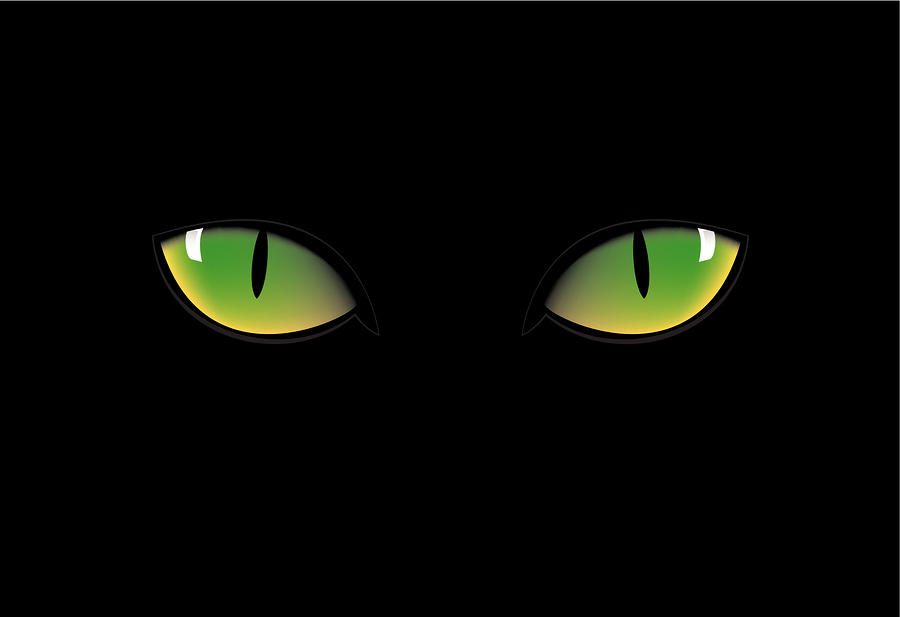By Rob Hanus
A nice, bright flashlight is hard to beat for finding your way in the darkness, but sometimes it would be preferable to not use a light at all. In a scenario where you don’t want to attract attention to yourself, being able to walk around nimbly in the dark has its advantages. Developing your natural night vision is an important survival skill and one you can use every day. By using some common techniques, you can enhance your eyes natural ability to see in the dark.
As you may remember from biology class, eyes see by making use of cells called rods and cones. Cones are what see in good light, and rods are what your eye uses in low light. When your eye focuses, it concentrates the light onto the cones cells, which pick up the image and send it to your brain. There are no rod cells where the cones cells are, as they surround the cone cells.
This is why when you look directly at something in low light, it seems to disappear. This is due to you trying to see the item with the cone cells of your eye, which cannot see in low light conditions. However, if you look slightly to the side of the object, you’ll be able to dimly see it. Looking slightly to the side, or offset from the object, the rod cells pick up the light and you can see the object, albeit very dimly.
It takes practice to get used to looking at things like this, as it’s not the natural way for us to view things. If you can get accustomed to looking just to the side of everything, you’ll move around better in the darkness.
It also helps to let your eyes get accustomed to darkness. It takes about 30 minutes for your natural night vision to adjust after being in bright light. The problem is every time you look at a light source, you ruin your night vision for another 30 minutes. Actually, it can take far longer than 30 minutes to gain your full night vision, so it’s important to avoid looking at light sources when you’re going to be going back into a low-light situation.
If you need to move into a lighted area and then back into low-light, one trick you can use, which was taught to me in the Marine Corps, is to close one eye – and keep it closed – when needing to use a light. Whether it’s a flashlight or table lamp, keep one eye closed for the duration you’re in the lighted area.
Once you’re in darkness again, you can open your eye. This will keep one eye with good night vision, while the other will be “blinded” until it regains its night vision. This, too, requires practice to make this a habit.
You can also use a color filter on your flashlights. Red is usually the color used, but green and blue can also preserve your night vision. This works because you’re only seeing a portion of the visible spectrum and your eye isn’t completely night blinded. This allows you to use light without the ruinous affect it has on your natural night vision.
Rob Hanus is the author of the book “The Preparedness Capability Checklist” which is an easy to read book with the absolute best method for intelligent and deliberate prepping. Rob is also host of the Preparedness Podcast.
You can get the Rob’s book here http://www.thepreparednesspodcast.com/capability-checklist/
and tune into Rob’s podcast here: http://www.thepreparednesspodcast.com/preparedness-podcast/
Marjory Wildcraft is an Expedition Leader and Bioneer Blogger with The [Grow] Network, which is an online community that recognizes the wisdom of “homegrown food on every table.” Marjory has been featured as an expert on sustainable living by National Geographic, she is a speaker at Mother Earth News fairs, and is a returning guest on Coast to Coast AM. She is an author of several books, but is best known for her “Grow Your Own Groceries” video series, which is used by more than 300,000 homesteaders, survivalists, universities, and missionary organizations around the world.







